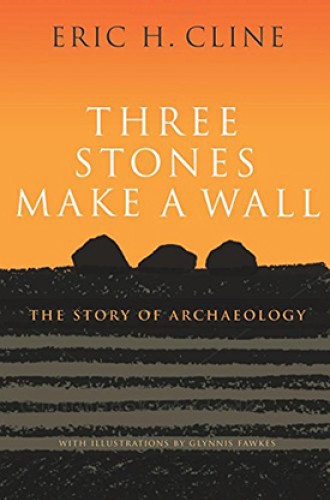An evangelist for archaeology
We can’t all be Indiana Jones, but now we can read about why archaeology matters.
A good story involves mystery and adventure and is seasoned with comic touches. The popular quartet (soon to be quintet) of Indiana Jones films succeeds largely because it follows this formula, but readers who prefer the real-life equivalent should be equally pleased with Eric Cline’s book.
It’s a compendium of fascinating stories: stories of how hominids evolved into humans, and how humans first began making art; stories of long-ago peoples and communities, from Neolithic Jericho to colonial Jamestown; stories of quirky, sloppy, sometimes dishonest early excavators like Giovanni Belzoni and Heinrich Schliemann. Tales of early professional archaeologists, like Sir Arthur Evans, whose slow, meticulous work revealed amazing facts about the past, even as they too made their share of mistakes; accounts of pioneering scholars like George Bass, “father of underwater archaeology.” Stories drawn from Cline’s long and distinguished career which includes teaching anthropology and classics at George Washington University.
While Cline insists that “most archaeologists are nothing like Indiana Jones,” the stories in his book hold no less excitement than Jones’s make-believe adventures. Consider this description of “what is known in archaeological surveying terms as walking a transect”:






